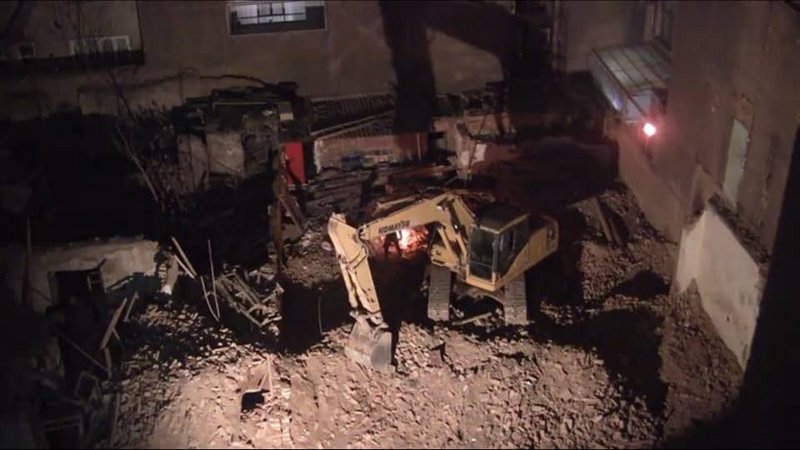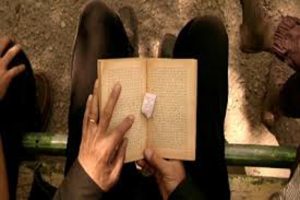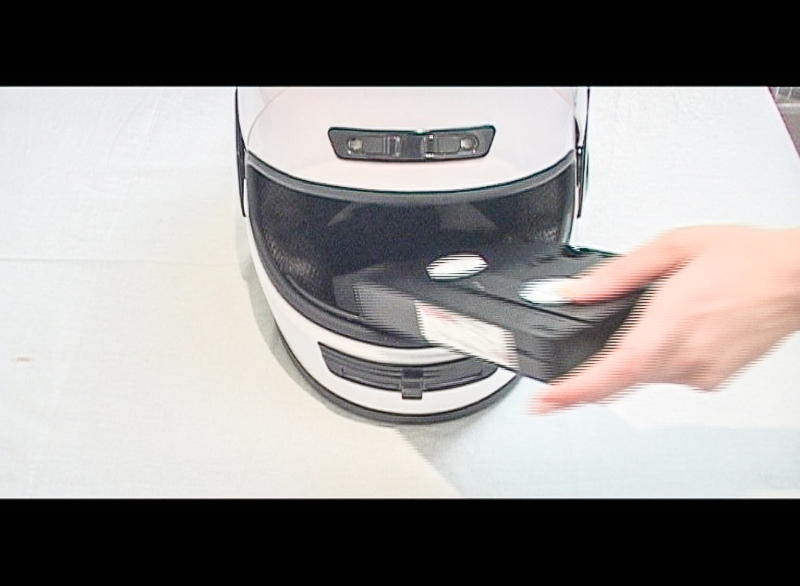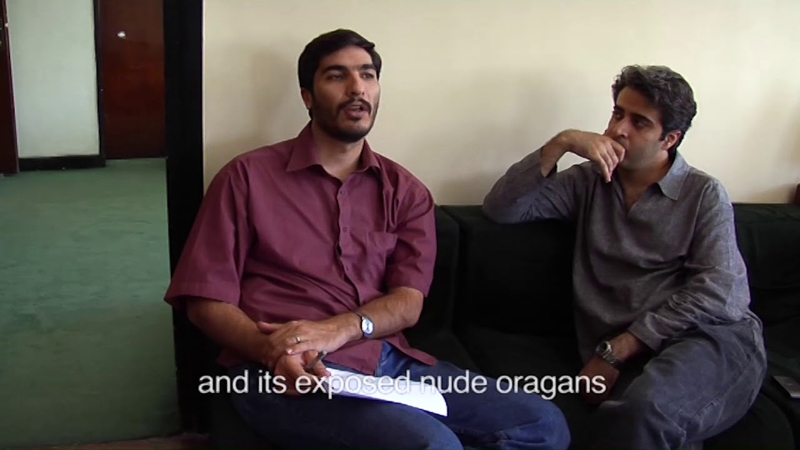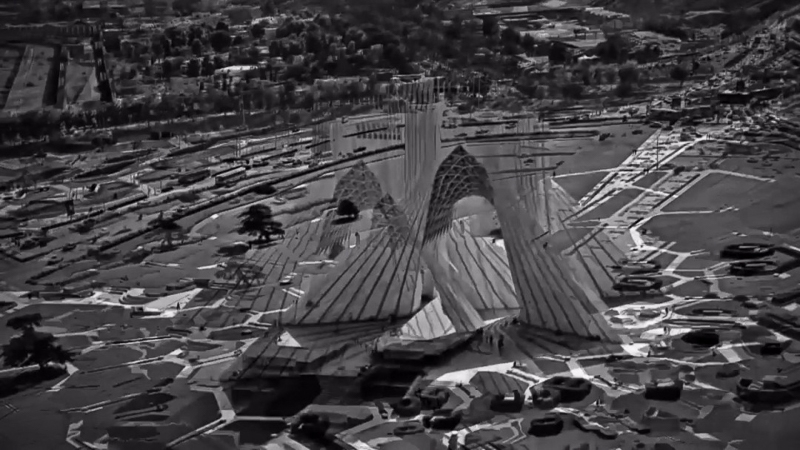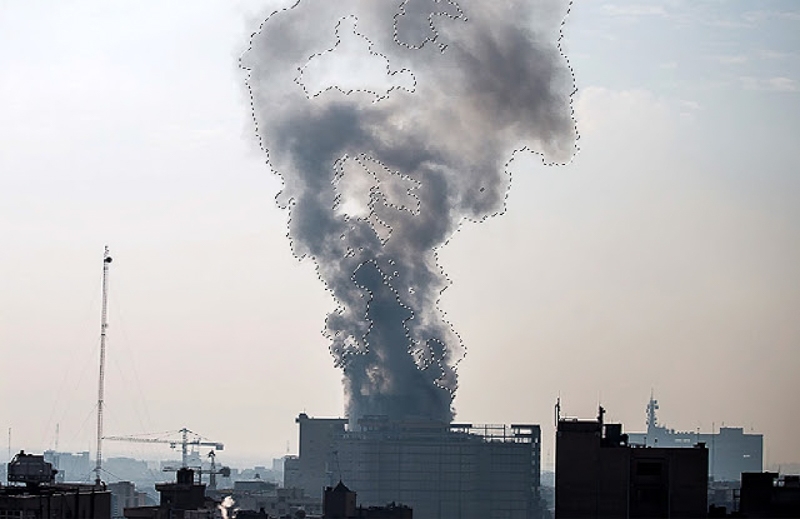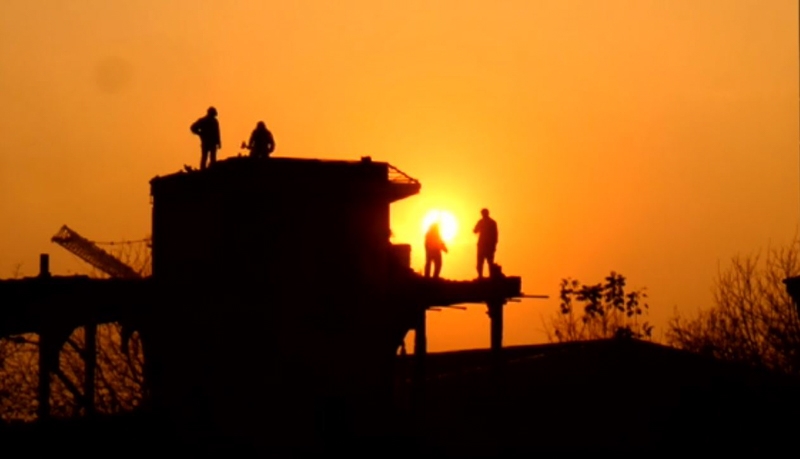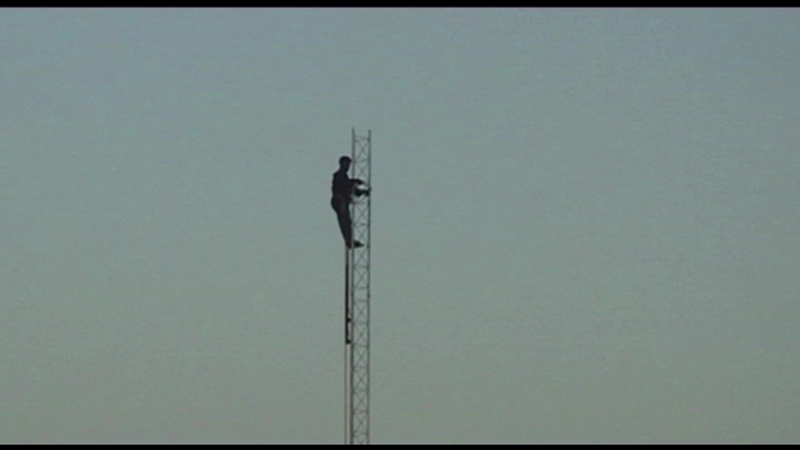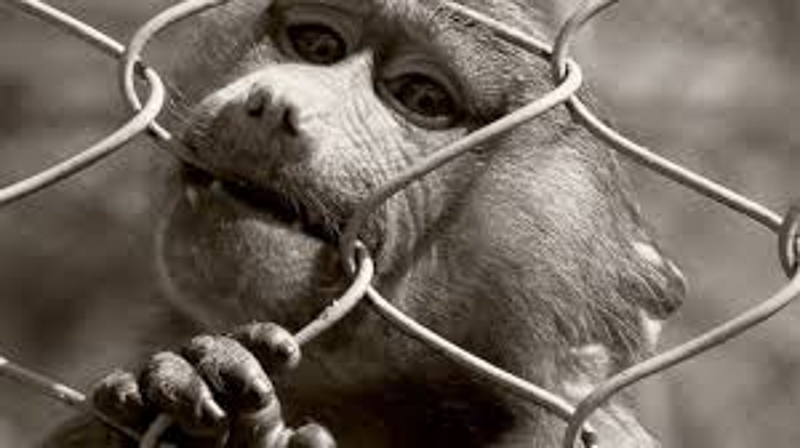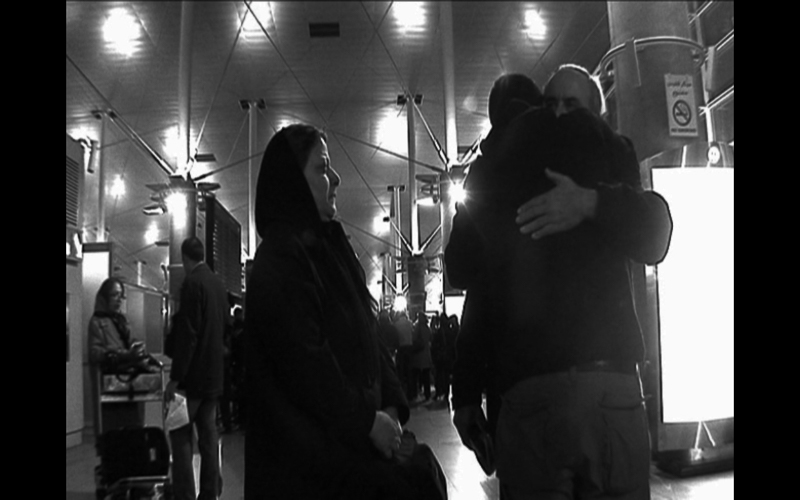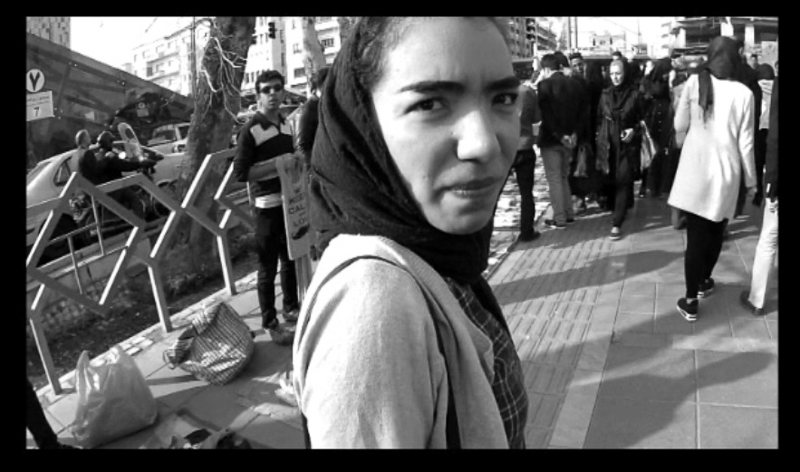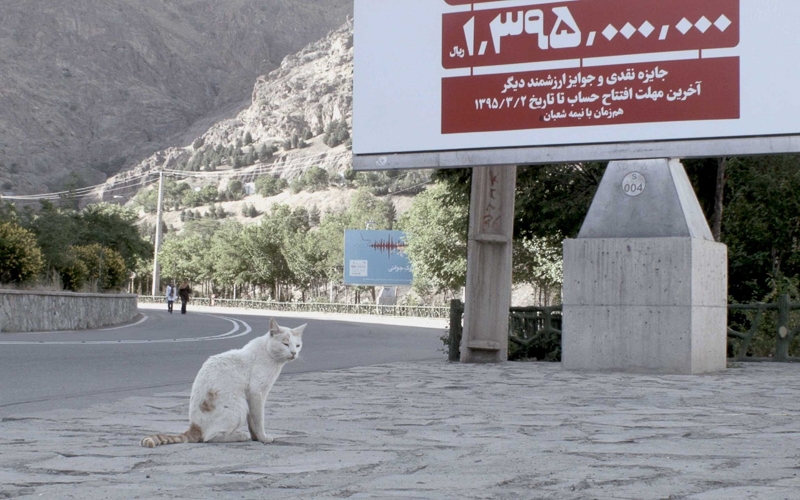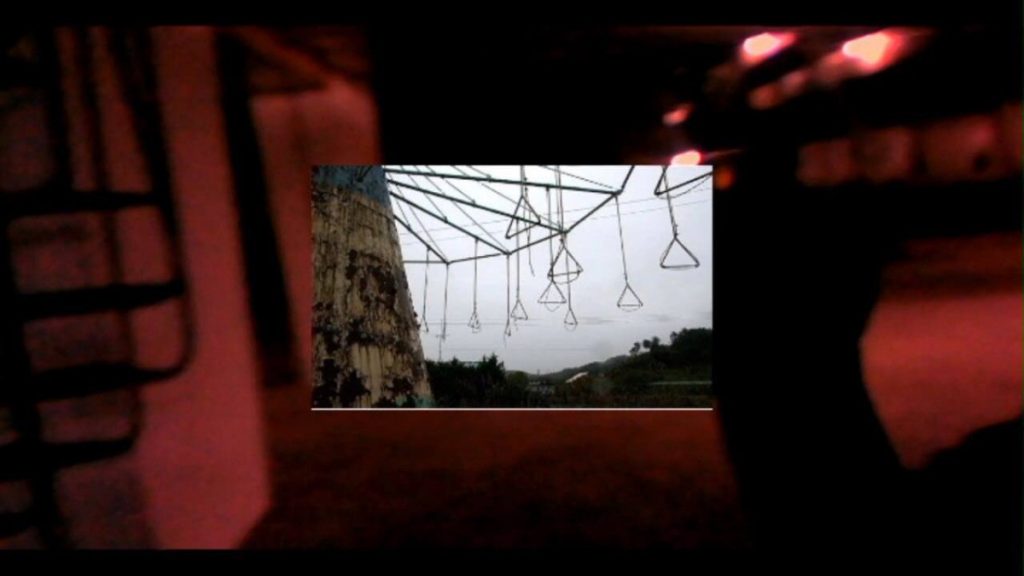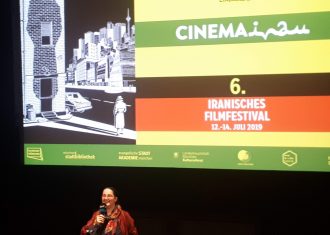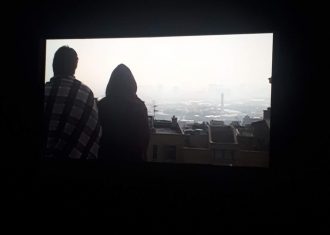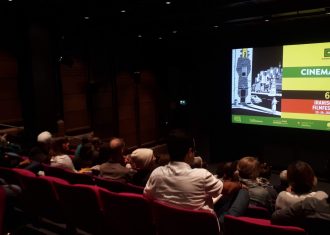“Detour to Tehran” puts together videos, documentaries, and experimental films by various artists working on Tehran and its many aspects through moving images, they come from a wide range of backgrounds, namely filmmakers, architects, photographers, digital artists, film directors, and choreographers.
With contributions from:
Kaveh Mehrabani, Saman Khosravi, Mehdi Bagheri, Pirouz Kalantari, Alireza Rasoulinejad, Amirali Ghasemi, Bahman Kiarostami, Paliz Khoshdel/Zeinab Tabrizi, Jaleh Nesari, Siavash Naghshbandi, Bahar Samadi, Ehsan Barati, Arash Fesharaki, Setare Jabbari, Ehsan Behmanesh, Arash Khakpour/Arash Radkia, Amirali Mohebinejad, Nebras Hoveizavi, Roya Keshavarz, Mona Kakanj, Foojan Xaje and Tanin Torabi.
Black & White (Tehran Kaleidoscopic) | Kaveh Mehrabani | 80:00 | 2013-2018 | Iran
Black and White (screened previously at Tehran-MOCA, as Tehran: Modernism from the Past, and Tehran Kaleidoscopic) is not a documentary about Tehran’s Modernist architecture, as it has an abstract look at the city and deals with it as working material rather than a subject. In black and white, one can see exemplar buildings and fine details that are vanished and not there anymore. Therefore, it also has the character of a documentary, in fact, of the most pertinent and unsettling kind. Black and White is a collection of images which is taken from anything modernist that was found interesting in Tehran. The process was unplanned and took over five years.
The Destructed Ones | Saman Khosravi | 5:00 | 2016-2017 | Iran
The idea came to my mind when an old building, located in front of my work studio, was being demolished. I shot its gradual disappearance, though, during the shooting process, the poor and vulnerable conditions of the construction workers caught my attention and my camera lens.
Residents of One-way Street | Mehdi Bagheri | 72:00 | 2015 | Iran
“Residents of One-way Street” is a documentary film about 30 Tir Street (the former Qavam Ol-Saltaneh St.) which is located in the 12 District of Tehran. It is between Park-e Shahr and Jomhoori Ave. in the north. The street was named Qavam St. because the house of Qavam os-Saltaneh, the politician of the Qajar and Pahlavi eras, was in it. After the 1979 Revolution, the street name changed 30 Tir (pronounced see-ye teer) corresponding with July 21 and is named after the date of the massive pro-Mossadegh uprising against the Shah in 1952 in which dozens of people were killed. These streets are located in one of the oldest districts in Tehran where religious minorities used to live, namely, Armenians, Christians, Jews, Muslims, and Zoroastrians. Now only memories and family photo albums are there as residents of the street.
Reading Salinger in Park-e Shahr | Pirouz Kalantari | 29:00 |2011| Iran
It is a personal memoir film. The past is integrated with the present images of the City Park (Park-e Shahr, located in the region 12th, central Tehran) poetically. While conveying the basic information about the park, it attributes a personal nature to the place. “Reading Salinger in the City Park” begins with a distant memory: Pirouz Kalantari is reading one of the Salinger’s stories in the City Park when a girly hand puts a small pack in his opened book and a boyish hand picks it up a bit later. In fact, the evoked memory acts as a kind of pretext for loitering in the formless and jelly-like Tehran.
Exteriors | Alireza Rasoulinejad | 70:00 | 2004 | Iran
Before setting out on a journey to the northern territories, a middle-aged man invites his nephews to his apartment. In their uncle’s apartment, the two young nephews find notes on Woody Allen, the Iranian middle social groups, the country’s contemporary architecture, film industry, etc. In this part, the two young men find an unfinished documentary film by their uncle. The two make an experimental film based on their uncle’s findings.
Video Diaries | Amirali Ghasemi | 6:22 | 2004 | Iran
Video diaries is an ongoing project by Amirali Ghasemi since 2001, the first edition of this work was shown in Iranian Artist forum in 2002 which was a single Channel 17 loop of 47 short documentary clips which were shot by Amirali in various public places frequenting from streets, cafés, galleries and artists’ studios, and private places. The current edition is a 6- version of the work re-edited by four split screens and gives a snapshot-like overview of his life in the early 20s at the beginning of his professional career. Reza Haeri has edited the work and the video features a sound piece by German electronic band Pole.
Statues of Tehran | Bahman Kiarostami | 60:00 | 2008 | Iran
In essence, The Statues of Tehran interrogates the function of monuments in today’s Tehran, an ideology-ridden postmodern megalopolis, afflicted with forgetfulness. It tracks the fate of two important public sculptures, the first, a pioneering work commissioned by the royal family in the 1970s, of the foremost modern sculptor, Bahman Mohassess; the second, a tribute to the Islamic Revolution standing in the Enghelab Circus (Revolution Roundabout), by Iraj Eskandari. Under the aegis of the revolution, the first was destined for neglect and eventually storage, while the second became a landmark in the city’s myriad public projects celebrating the revolution and the Iran-Iraq War. Not for long, it would seem, are plans have been set in motion to remove that second monument to build a subway station, much to the jubilation of artists and officials, who are even inspired to restore the Bahman Mohasses’s work and re-erect it in its original place.
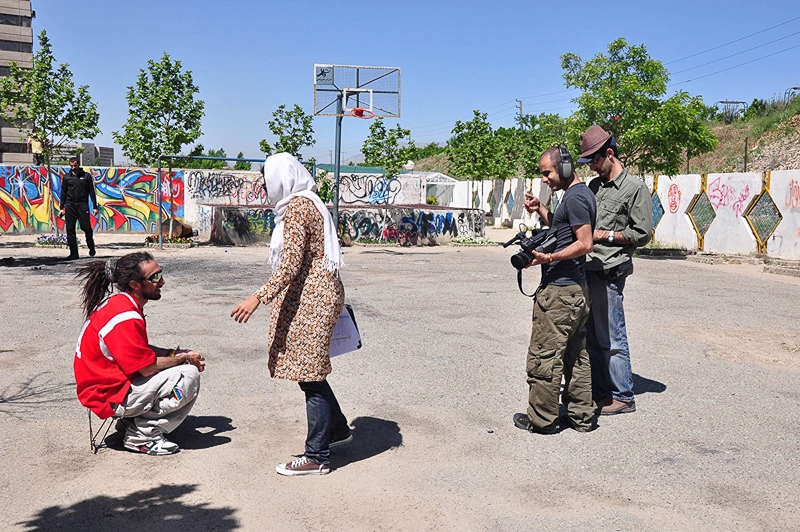
Street Sultans | Paliz Khoshdel / Zeinab Tabrizi | 39:00 | 2010 | Iran
Street Sultans is a Documentary about parkour in Iran. It is the first collaboration documentary film by Zeinab Tabrizy and Paliz Khoshdel. There are several young people who were the pioneers of a dangerous street sport: Parkour. The sport is derived from modern cultural society. They are trying to hold a festival in Tehran.
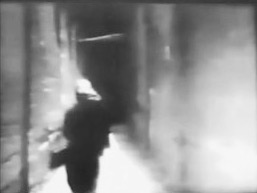
Fleur Cinema | Jale Nesari | 3:42 | 2018 | Iran
Before the 1979 revolution, the highest-grossing Iranian movies were those featuring the female dancers and singers and their love affairs. The production of such movies was banned in the post-revolution era and most of the actors and actresses of these films were left out of the film industry. The Fleur Cinema is an old movie theater in the southern part of Tehran which was notorious due to the screening of these movies. After the revolution, The Fleur Cinema became weaker and weaker and closed forever in 1985.
Tehran Metastasis | Siavash Naghshbandi | 4:02 | 2016 | Iran
The population of the city of Tehran has been steadily growing over the last few decades and is now around 13 million.
Plasco Building | Bahar Samadi | 3:00 | 2017 | Iran
Plasco Building in Tehran engulfed by fire and collapsed on 19 January 2017. The Plasco building used to be an iconic presence on the Tehran skyline and was built in the early 1960s by an Iranian-Jewish businessman.
String | Ehsan Barati | 11:33 | 2018 | Iran
This film has been made by the connection of certain pieces, detached from the context of daily life. An effort to make a kind of narration that avoids storytelling. A narration that takes place mostly in public places and due to this common familiarity, it loses its certainty and alienation. The Places and happenings which are very common and are part of our collective memory are de-familiarized by the meditation of media; A linear space like a string that is similar to life itself: it is unique and unrepeatable in a certain location and time.
Workers Say Goodbye to the Sun | Arash Fesharaki | 2:59 | 2013 | Iran
It’s 5 pm on an autumn day. Workers are destroying a building and the building breaks down following the setting sun. The day ends.
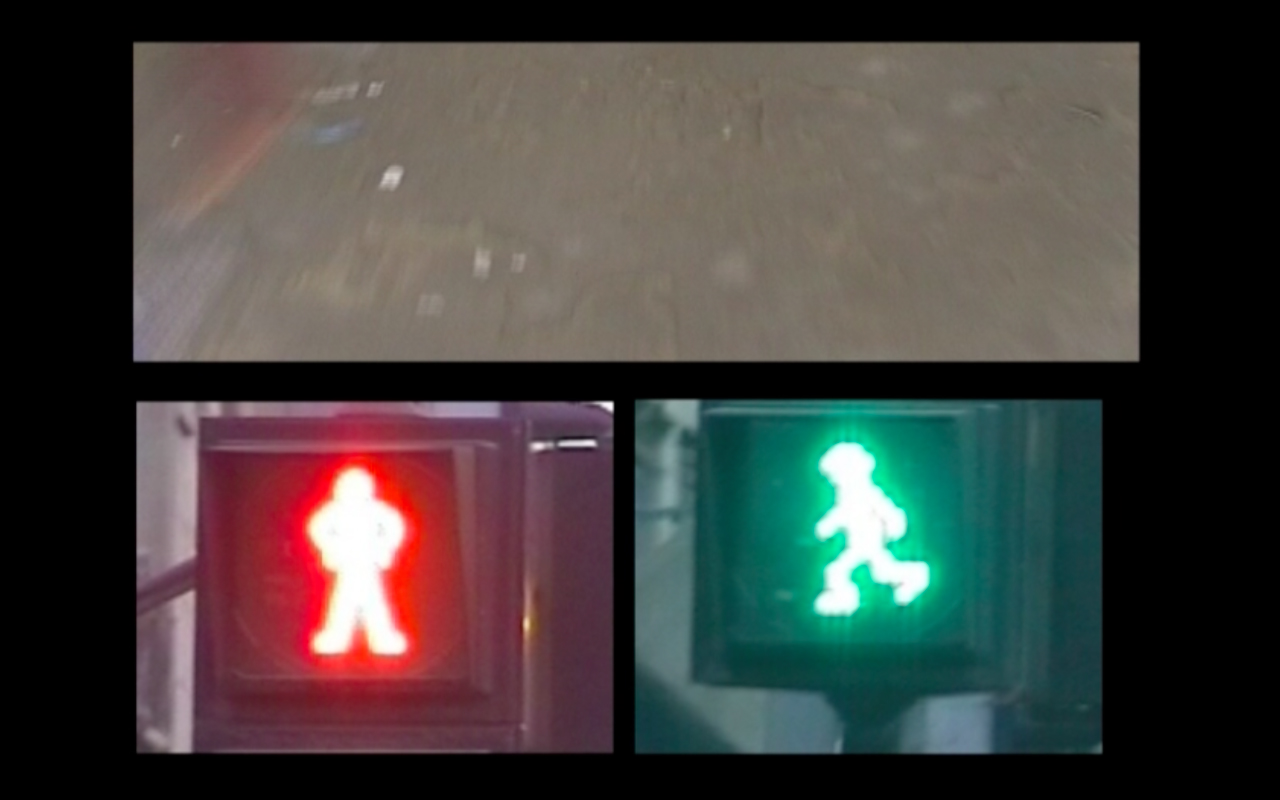
Some Ways to Reach the Revolution (Sq.) | Setareh Jabbari | 7:36 | 2009 | Iran
Enghelab (Revolution) Square and its surrounding streets are always clogged with traffic, just like any other square or street in Tehran. To get there, one has to consider various factors — such as like time, traffic, cost, and lots of other things. If you don’t make the right choice, you will get there either too early or too late.
Room No. 28, the Floor to the Roof | Ehsan Behmanesh | 13:33 | 2007 | Iran
The room number 28 is a time-space, so its floor to the roof – except its physical space – contains a 28-year span in which the video work passes through.
Tehran Zoo | Arash Khakpour / Arash Radkia | 10:37 | 2009 | Iran
Tehran Zoo is an experimental documentary by Iranian filmmakers Arash Khakpour and Arash Radkia. The film portrays the wildlife zoo in Tehran, Iran.
27 Minutes to Go | Amirali Mohebinejad | 17:00 | 2009 | Iran
Immigration is a very common solution in sick societies, such as e. But it was never that intelligible to me… to me, it’s a short-term tranquilizer, but not a permanent cure. Since I am attached to the past, immigration carries the risk of missing my homeland, childhood, family, memories, and friends; to achieve some privileges in another country. That’s the price which I should pay. Meanwhile, the surrounding people are leaving the country and it is the sad part of staying. Unfortunately, I, as a non-leaver, just wait for the next goodbye; and as time goes by, I find myself increasingly lonely in my own country. It is the concept of isolation.

The Dérive | Tanin Torabi | 07:39 | 2017 | Iran
“The Dérive” is made as part of a multimedia project by Iranian dance artist Tanin Torabi. Tanin questions identity, culture, and place. She invites the audience to travel with her to an honest image of her own country, come back home again and face the reality of the moment, exploring social and cultural issues. The Dérive shows Tanin dancing among people in an old bazaar in Tehran capturing the responses and reactions. Dance is prohibited in Iran.
Khalvat | Roya Keshavarz | 07:37 | 2016 | Iran
I have been living in Tehran for more than 25 years and I have witnessed a big difference between the concept of personal space in this city compared to the foreign cities I visited and the definitions I was given in academic courses. This misunderstanding about personal space in Tehran deeply affects the society as well as the family relationships. The main cause of this mistaken approach to personal space is tightly related to the cultural features of the Middle East. “KHALVAT” is a development of Rapoport’s definition of the environment to me, which suggests a framework for understanding the nature of the environment and its components. “According to this framework, the environment is a set of relationships between objects with objects, objects with humans, and humans with humans. Based on this, the environment has three components: natural environment, human-made environment, human-interaction environment.” (The meaning of the built environment) The last model was the base of the project which is directly related to combining people’s energies; Human-Interaction environment.
Rat Race | Mona Kakanj | 07:00 | 2016 | Iran, Germany
A few years after the Iranian Revolution of 1979, the government of the newly-established Islamic Republic clamped down on dog ownership. The number of cats, both domestic and feral, increased drastically, became a special feature of Tehran, while dogs are a rare sight in the crowded city streets. Not so in Cologne, where there are proud dog owners everywhere. It only seems logical, then, that East and West would fight like cats and dogs. Yet sometimes cats and dogs get along quite well, as we see in so many YouTube videos. The project Rat Race plays with the fluidity of these metaphors. Rat Race ironically underlines the cultural differences between the street cats of Tehran and the domesticated dogs of Cologne.
Red Noise | Foozhan Xajeh | 2:14 | 2018 | Iran
The video has been made by the combination of the current flow of young fellows and the attachment of the photos from some places in Japan called Aokigahara, the suicide jungle, and Takakanonuma, an abandoned amusement park. The places identified by the bitter incidents of the past which brings an ambiguous atmosphere to the d, a kind of reckless lifestyle, apparently walking on the edge of life and death.
 Does the Road Offer a Clue? | Nebras Hoveizavi | 17:17 | 2018 | US, Iran
Does the Road Offer a Clue? | Nebras Hoveizavi | 17:17 | 2018 | US, Iran
Having passed a dry desert, the fox reached an untouched plain. Walking along the plain, the fox came across a road. She was neither fatigue nor thirsty. Navigating by instinct was giving her infinite pleasure. She saw the cars passing by the road and asked: “I was wondering which road to take the right lane or the left one?” Just then, the beam of a car on the left lane elegantly passed through her body and said: “Go to the north, walk along the left lane.” Aimlessly wandering the route, she enjoyed the lights illuminating her body. All of a sudden, she heard a horrible sound. Two cars smashed together before her eyes. She escaped and said: “If I had taken the direction toward the right lane, I wouldn’t have witnessed such a collision.” The road, under her feet, laughed and said: “I had been waiting for you for a long time.” The fox responded, “But I had made a choice…” The road said: “…and I had foreseen.” The fox asked: “Where am I going next?” the road replied: “You are the one in charge!” The fox said: “But you know it!” the road said: “I know … But the illusion of making a decision is a pleasant one!”
LINKS:
DETOUR TO TEHRAN. Filmweekend @schikaneder Kino. Nov 17 & 18, 2018
Cinema Iran Iranisches Filmfestival München 12. – 14. Juli 2019
